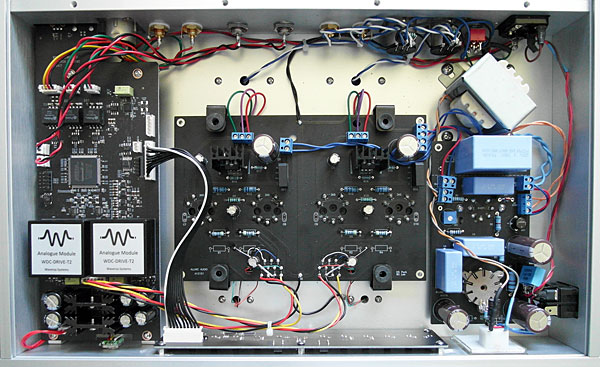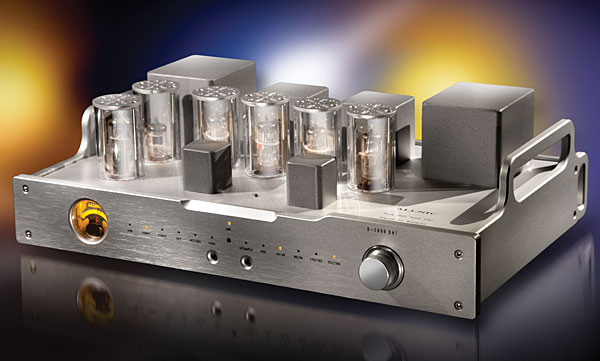| Columns Retired Columns & Blogs |
Would be happy to have an audio magazine examine it.
Unfortunately just looking at a serial number would not necessarily verify it would be the same guts as the unit "Stereophile" measured.
(I'm just teasing here - obviously, imo, that unit is now indisposed, as they say.)







































